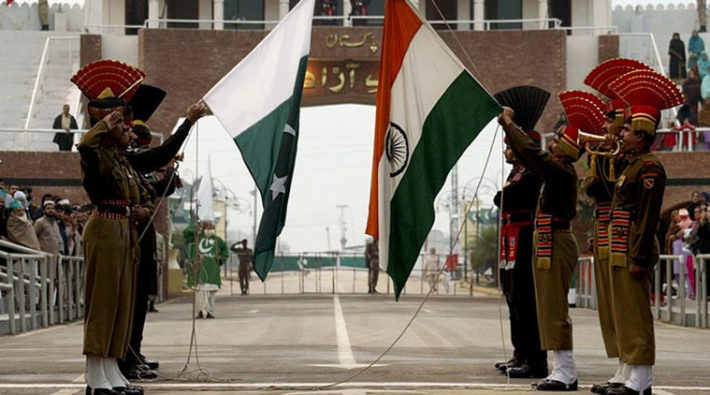By Perez Yeptho, Batch of 2019
On 28th September 2016, as the clock struck twelve, Indian Army helicopters were preparing to cross the Line-of-Control and while most of the subcontinent was asleep, dozens of terrorists and sympathizing Pakistani Army soldiers were put to rest by our Special Forces.
Later in the day, the Director General of Military Operations announced the success of the mission and explained that there was evidence that these terrorists were planning to infiltrate the border and conduct massive attacks across India. He claimed that this evidence brought the authorities to a conclusion that a pre-emptive strike which will prevent any such infiltration was necessary.
This is the first time that India has actively carried out counter-terrorist operations on the other side of the Line-of-Control in Pakistan-Occupied-Kashmir and that too with remarkable success. However, instead of being the beginning of a campaign against Pakistani terror groups it was simply a flexing of muscles on behalf of the Indian armed forces who have made their statement very clear, that India will not tolerate Pakistani sympathy for terrorist organisations, especially at the cost of Indian lives.
Instead of seeing these events as the movement of pawns on a chess board, this can be better interpreted as a game of bluff since irrespective of the military strength of either side there can never be a true victor in a war across the Line-of-Control. This is not rhetoric that I use, it is based on the very real and devastating threat of nuclear war. Both the nations are capable of obliterating each other entirely, leaving nothing but rubble and ruins of a once peaceful subcontinent.
This threat comes from the fact that Pakistan, an extremely militarized and aggressive nation, is equipped with several nuclear warheads, each meant for a major city in India. These nuclear missiles are also meant to be used against any kind of Indian offensive into Pakistani territory. In theory, if even a small group of Indian soldiers enter Pakistani territory, it is their policy to launch a nuclear missile on that group of soldiers since they lack the conventional strength to win a head-on conflict.
This is in stark contrast to the Indian policy of “No-First-Use” wherein India will never respond to a non-nuclear attack with nuclear missiles and exercise restraint to the maximum possible extent. However, in the event of a nuclear missile launch towards India and if there are Indian casualties, the government has promised to unleash “Unforgivable amounts of nuclear devastation” on the aggressors.
This difference in policy coupled with the unreasonable Pakistani military establishment has created an atmosphere of nuclear tension and threat which is being watched closely by the entire world.
The Indian government is using a two-front attack on Pakistan in order to coerce them into acting on their promises of destroying terrorist hideouts and eliminate support for these groups. Until recently India took a very diplomatic standpoint however now it is pushing for the international isolation of Pakistan, labelling them as “the ivy league of terrorism” and now even using tactical military strikes to weaken the logistical network established on the border.
Nevertheless, it must be said that if ever there is an escalation of conflict on the border between India and Pakistan it will not bode well for the inhabitants of the subcontinent and the conflict we see today in the wastelands of Syria will seem insignificant to the bloodshed and violence our nations are capable of.

